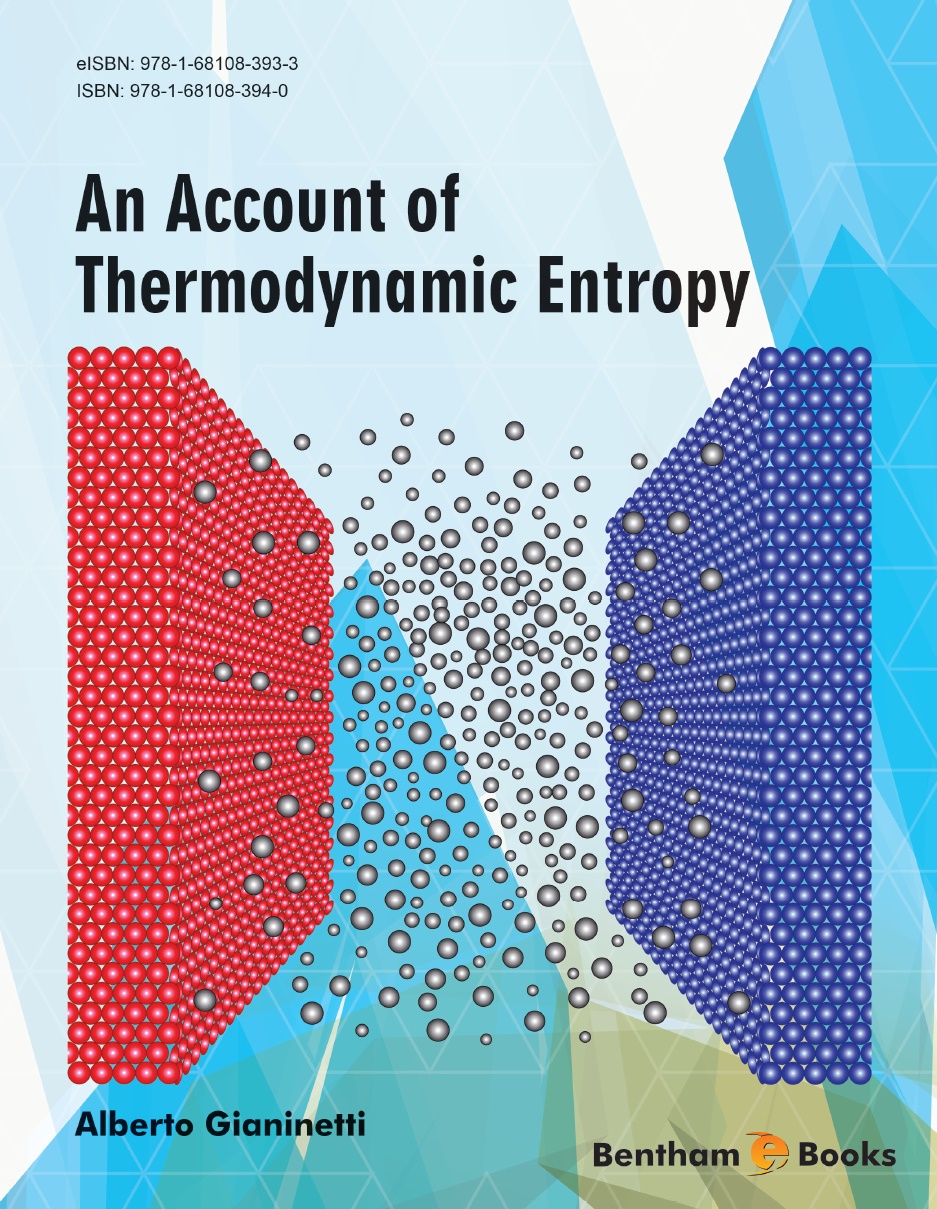Introduction
The second law of thermodynamics is an example of the fundamental laws that govern our universe and is relevant to every branch of science exploring the physical world. This reference summarizes knowledge and concepts about the second law of thermodynamics and entropy. A verbatim explanation of chemical thermodynamics is presented by the author, making this text easy to understand for chemistry students, researchers, non-experts, and educators.

